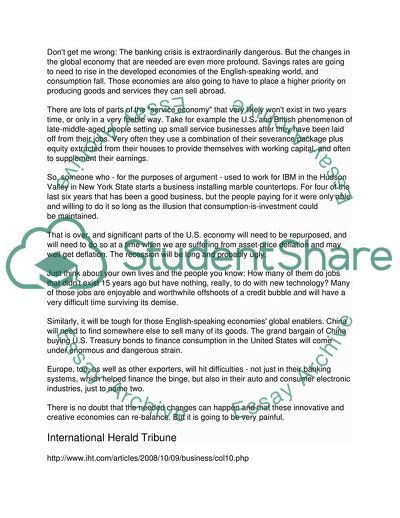Cite this document
(Inside the Markets: Financial Crisis Article Example | Topics and Well Written Essays - 1750 words, n.d.)
Inside the Markets: Financial Crisis Article Example | Topics and Well Written Essays - 1750 words. https://studentshare.org/macro-microeconomics/1718991-economic-crisis-08
Inside the Markets: Financial Crisis Article Example | Topics and Well Written Essays - 1750 words. https://studentshare.org/macro-microeconomics/1718991-economic-crisis-08
(Inside the Markets: Financial Crisis Article Example | Topics and Well Written Essays - 1750 Words)
Inside the Markets: Financial Crisis Article Example | Topics and Well Written Essays - 1750 Words. https://studentshare.org/macro-microeconomics/1718991-economic-crisis-08.
Inside the Markets: Financial Crisis Article Example | Topics and Well Written Essays - 1750 Words. https://studentshare.org/macro-microeconomics/1718991-economic-crisis-08.
“Inside the Markets: Financial Crisis Article Example | Topics and Well Written Essays - 1750 Words”. https://studentshare.org/macro-microeconomics/1718991-economic-crisis-08.


